22 Watch Hands Every Collector Should Know, From Rolex’s Lightning Bolt to Omega’s Rocket Ship

Getty Images; Gabe Conte
This is an edition of the newsletter Box + Papers, Cam Wolf’s weekly deep dive into the world of watches. Sign up here.
One quality that makes me such a watch freak is my earnest enthusiasm for minor details with as much deep, complicated lore as the Dune sandworms. So I’ve always had a steamy romance with watch hands, which combine exacting design and important history with cutesy nicknames. Nothing excites me more than innovation in the watch-hand space. You can keep your new calibers and ultra-thin watches—I want to obsess over how Omega put a man on the moon a sweet little baby rocket on its newest Speedmaster. Here, I present a field guide to the vast array of hands you’ll see in the wild—from important historical shapes to some of my more obscure favorites.
Brand Specific-(Ish) Icons
Breguet
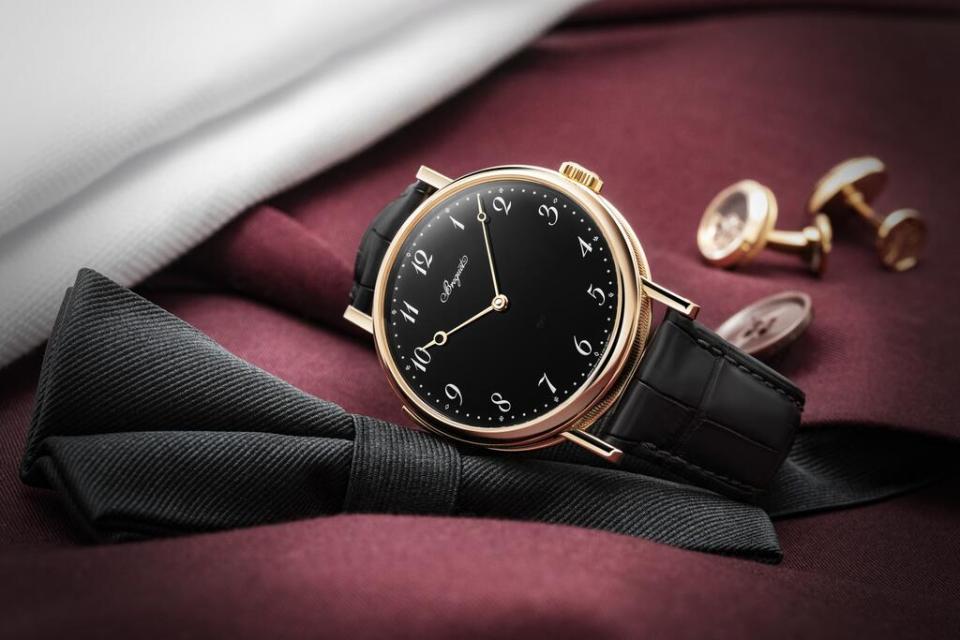
The 18th-century watchmaker Abraham-Louis Breguet knew how to devise a sticky design. Both his signature hands—with a small hollow hoop near the tip—and his curlicue numeral style are now commonly used across the watch world, far and beyond the Breguet brand.
Mercedes

The Mercedes—named for its three-pointed star that resembles the automaker’s logo—is Rolex’s signature hand. The Crown uses it most famously on the Submariner, but it also shows up on many of the brand’s “professional” (meaning sport) models like the Explorer and GMT. Friend of the newsletter and Wind Vintage owner Eric Wind argues that these hands are in a class of their own. “It’s hard to beat the Mercedes hands: so distinctive and legible,” he said. “Iconic and relevant for 70 years.”
Snowflake
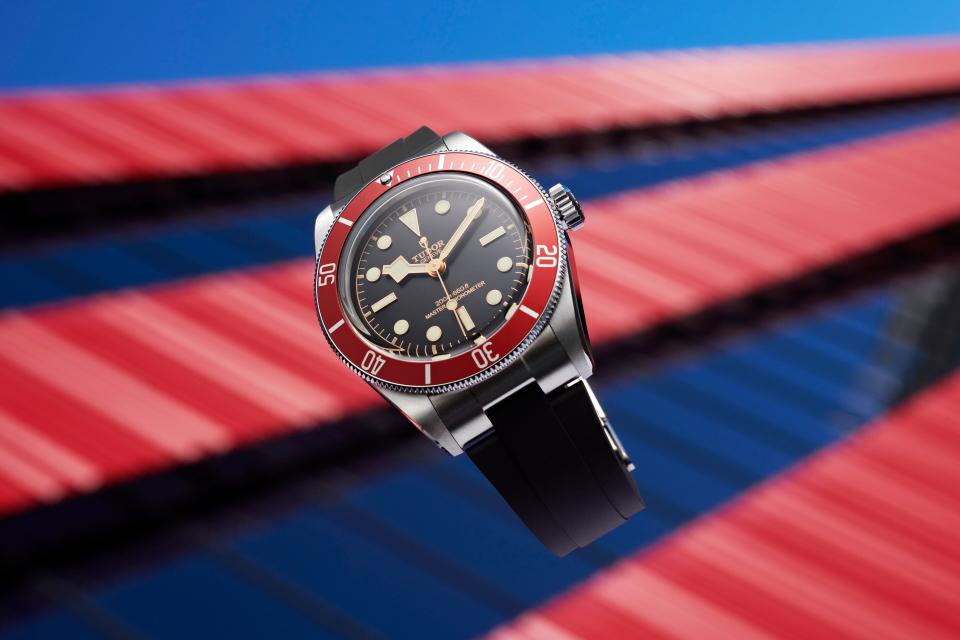
Rolex isn’t the only one in the family who can concoct a famous hand. Tudor’s chunky Snowflake gives the little-brother brand its own distinctive and more playful look. “The Snowflake hands from Tudor are also special,” Wind added, “and I am glad they were resurrected for the Black Bay line and made relevant to a new generation.”
Syringe
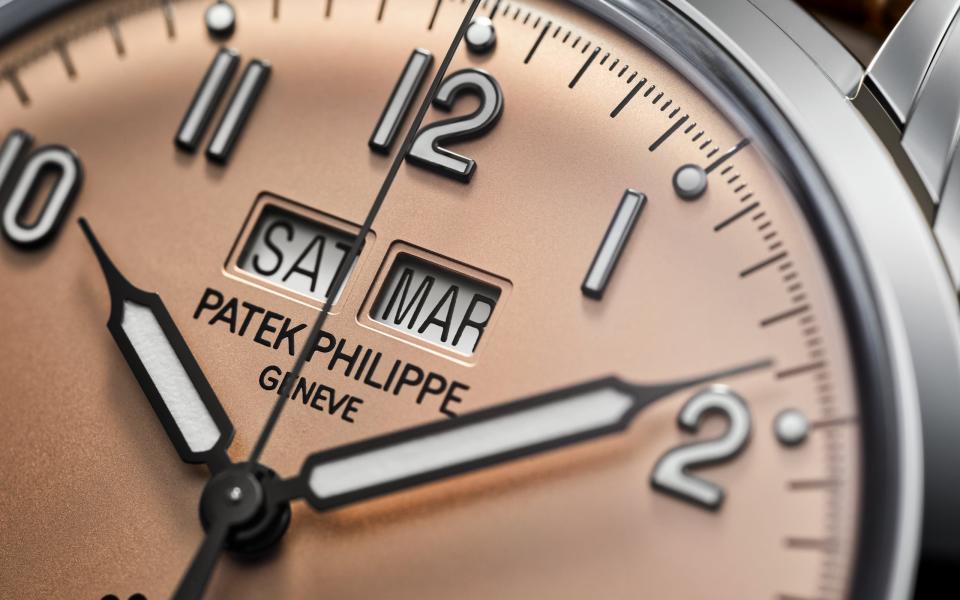
The Syringe hands are a personal favorite of mine, with a slightly creepy nickname that fits the shape’s ample body and needle-thin tip so well. “Although it is lost to history whether or not Patek Philippe was the first to use syringe hands on a wristwatch, we know that Patek Philippe did use them on some examples of the Ref. 130 in the 1930s, and the Ref. 565 in the 1940s,” said Tania Edwards, an expert on Patek and the cofounder of Collectability. “It is important to note that the use of syringe hands was always with radium and luminescent dials. This aesthetic was reinvented by Patek Philippe in 2017 with the introduction of the Ref. 5230G and later with the Ref. 5236P (2021) and Ref. 5226G (2022).”
Look out for a slight variation on the Syringe called the Paddle. They are nearly indistinguishable, but the latter features a slightly larger point compared to the sharp Syringe head.
Blued-Steel Sword
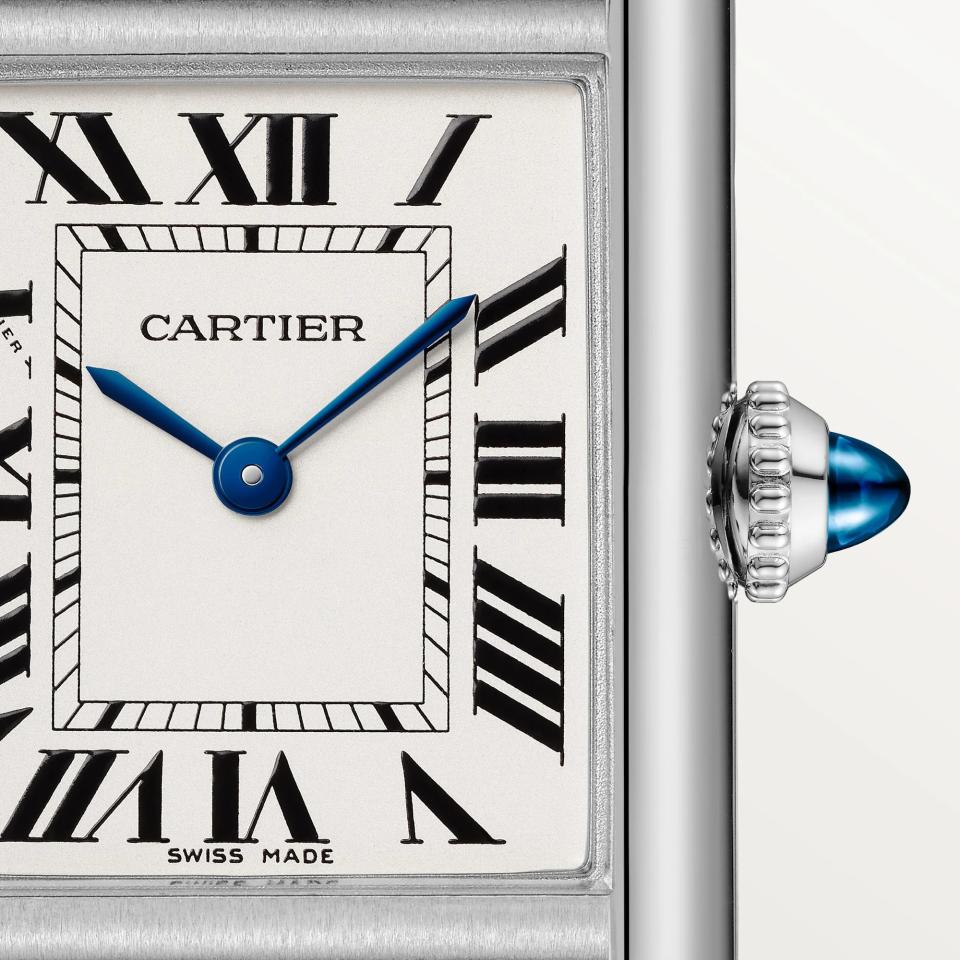
There are your garden-variety Sword hands, and then there’s Cartier’s take on the tried-and-true design. Cartier classes up these hands a bit by sprinkling a touch of Zoolander magic on them. These are Blued-Steel sword hands. No, they’re not all the same look.
Broad Arrow
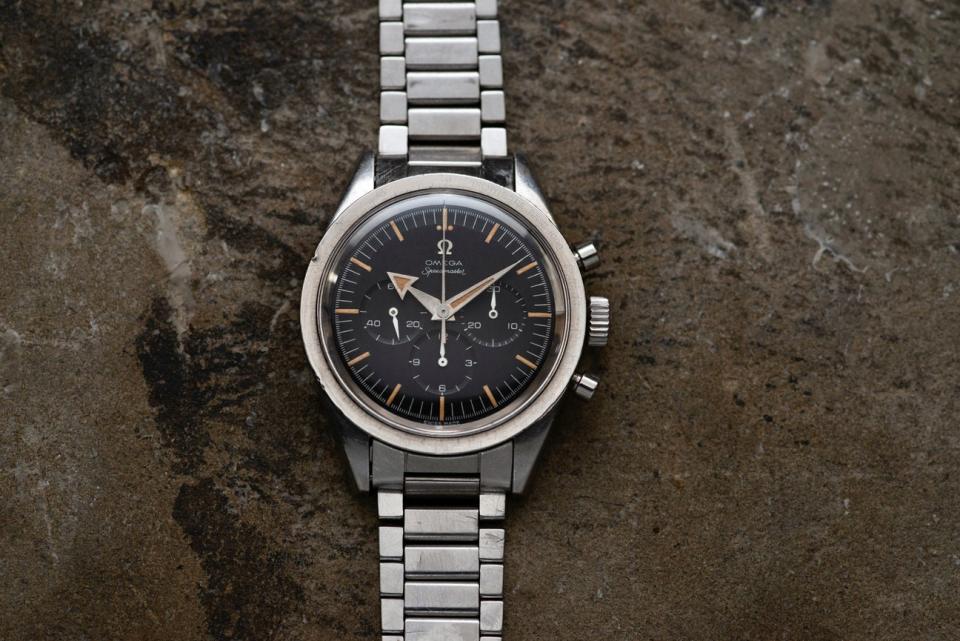
This cartoonishly large arrow represents one of the great moments in watch-hand history. What I appreciate about hand design is how they can often be used to trace back to the birth of a landmark timepiece or become the distinguishing detail on a coveted vintage watch. The Broad Arrow combines both of those elements.
“The Broad Arrow hands, referring principally to the large radium luminous arrow-shaped hour hand, are most closely associated with the trilogy of sports models released by Omega in 1957,” said Sacha Davidoff, an expert on all things Speedies and one half of beloved vintage shop Roy & Sacha Davidoff. “They released the Speedmaster CK2915, Railmaster CK2914, and Seamaster 300 CK2913 the same year, which are often called the ‘holy trinity.’ Today, we most often associate the term Broad Arrow with the Speedmaster. Before its association with NASA in 1964, the Speedmaster stood alone as the first chronograph wristwatch with a tachymeter scale on its bezel. Previously, this feature was printed on the periphery of dials. This hand design is not only a nickname for the first series of Speedmasters but also symbolizes the birth of one of the most iconic wristwatches in the world. In practice, these hands were not useful for legibility, were complicated to craft, and massive compared to any other hand on the market. They were quickly phased out by Omega towards the end of 1959. However, aesthetically, they are bold and impressive, and symbolically they represent one the most significant events for Omega collectors.”
Although they might not have lasted long in Omega’s lineup, takes on the chunky arrow are seen on other recognizable watches like the Longines Comet or some versions of Rolex’s Explorer II.
The Vanilla (i.e., Common and Dull)
Baton (or Stick)
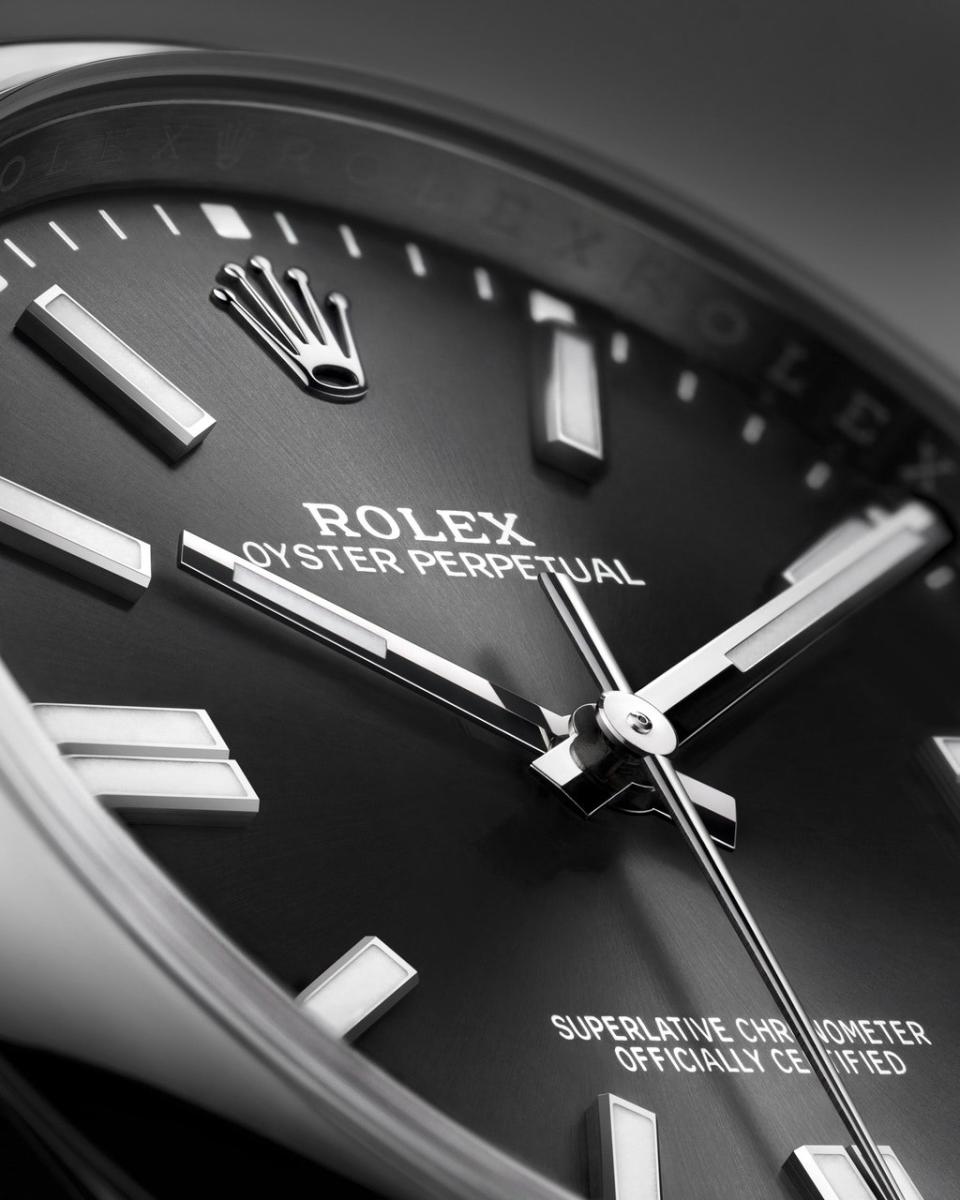
The watch hand that would most fit in a kindergarten classroom: This is a…rectangle! Baton hands are some of the most commonly used, especially among modern pieces. They’re most closely associated with Rolex’s Oyster Perpetual—simple hands for a simple watch.
Alpha
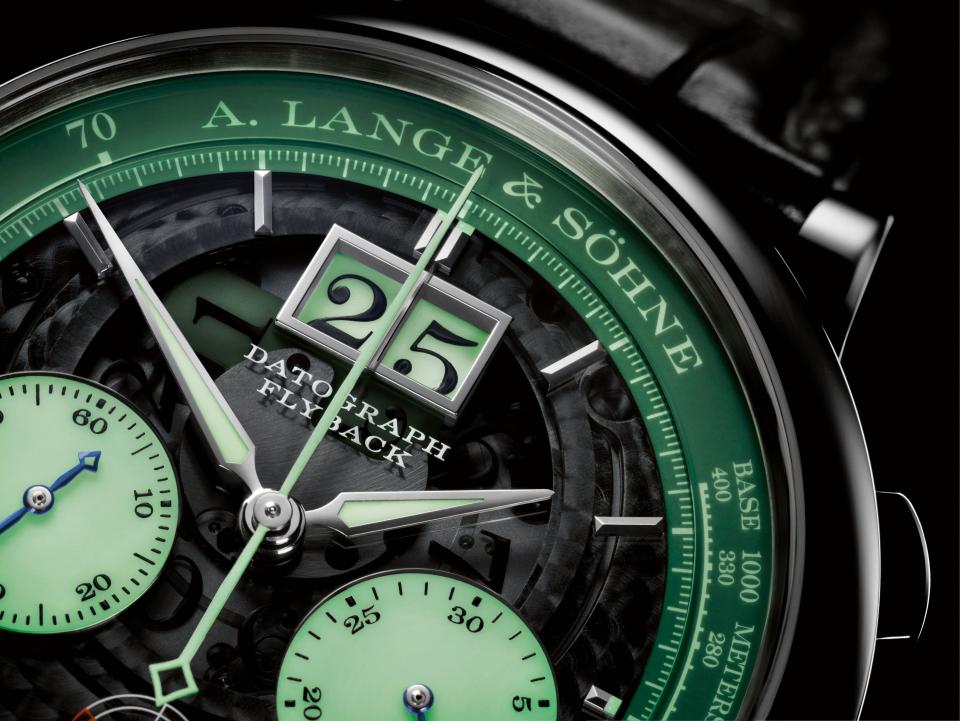
This list includes several hands with pointed tips, all separated by only minute details, but the Alpha might be the most common of this subgenre. Imagine those rectangular Batons squeezed at the tip and, boom, you have Alpha hands. They are the tapered—not skinny!—jeans of the watch-hand world.
Dauphine

These are the skinny jeans. Similar to the Alpha, Dauphine hands come to a point at the end but result in something much thinner and, in my opinion, more suitable for those fancy-pants dress watches.
Leaf
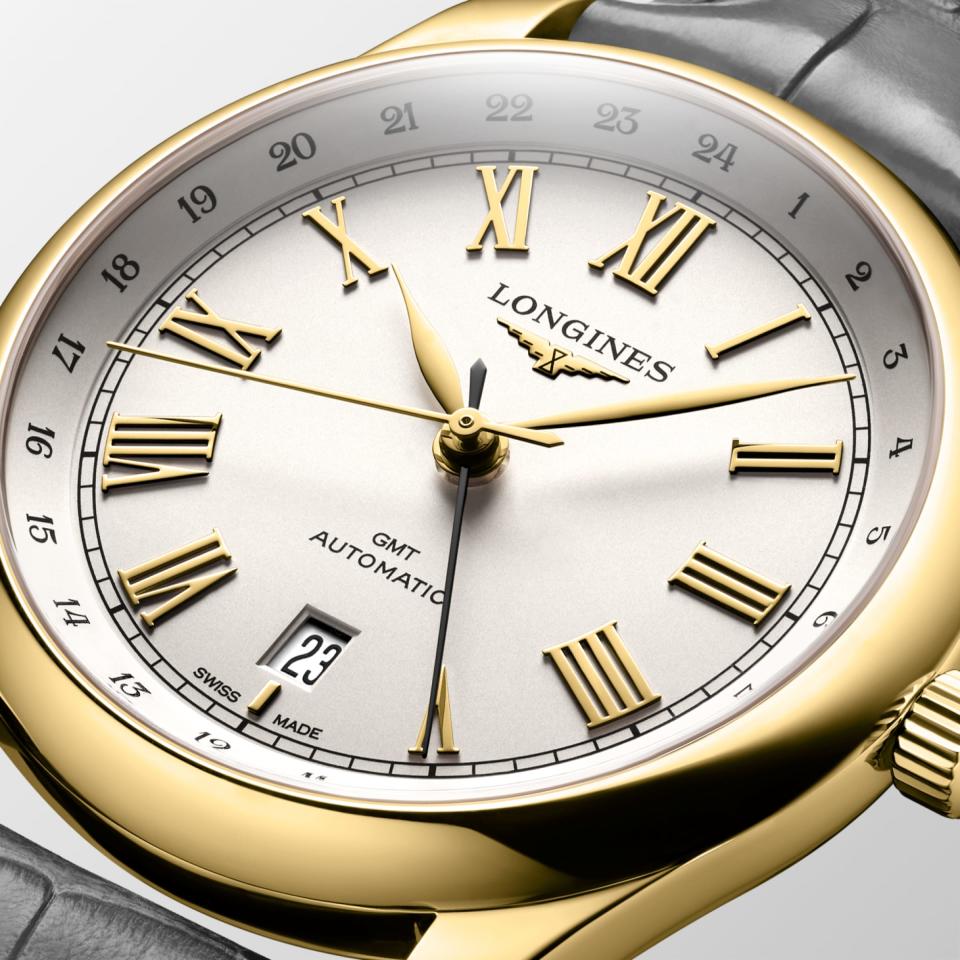
Alpha, Dauphine, Sword, and now Leaf. These are all in the same family of commonly used tapered and pointy hands. The Leaf hands distinguish themselves with a slightly more elegant curve and a (relatively) fuller midsection.
The Chocolate (i.e., Common but Exciting)
Sword
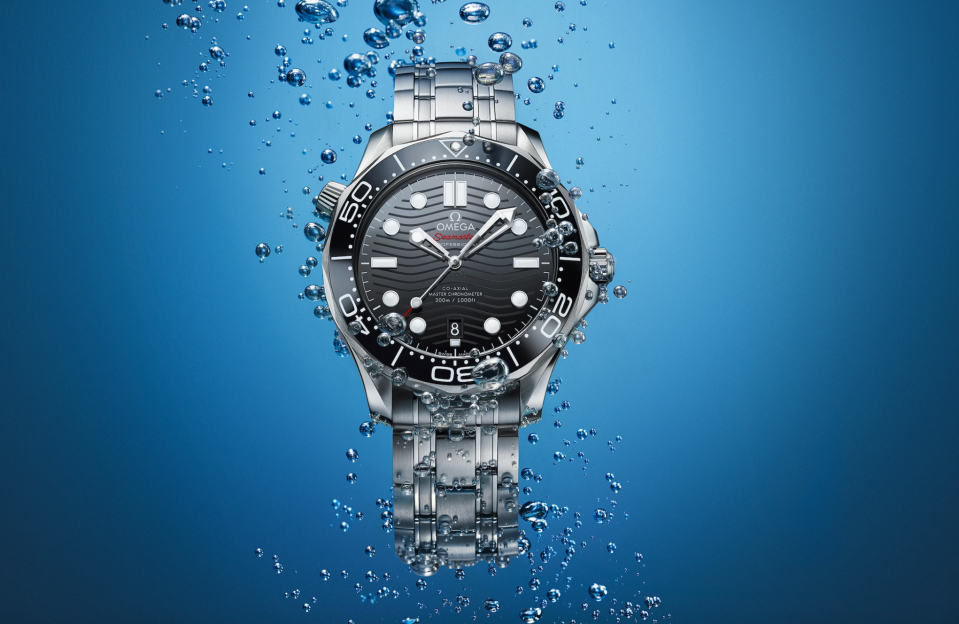
The standout in the tapered-point category. Mostly because the name—SWORD—calls to mind swashbuckling pirates or an improvising John Wick. The Sword also has the most potential for fun. Just take a look at the Omega’s Seamaster Diver 300M—the hands look like something you might unlock in a poorly animated RPG.
Cathedral
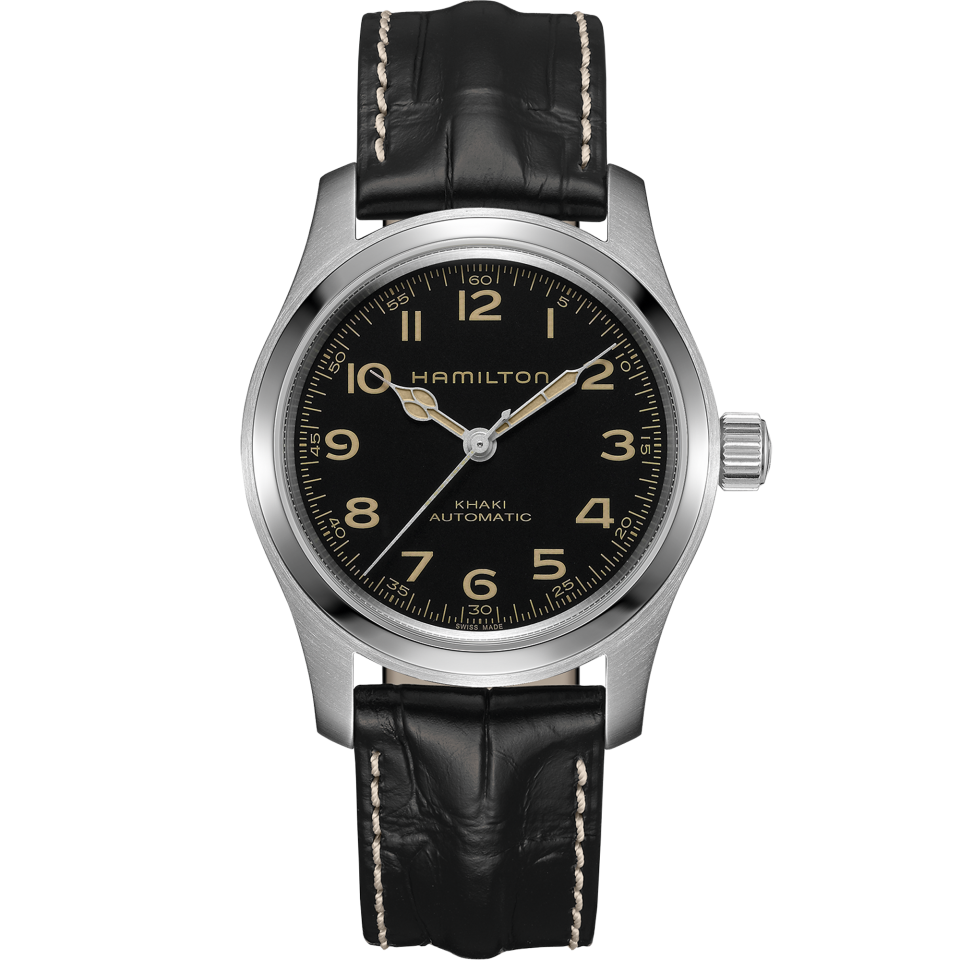
Cathedral hands, which resemble a slightly stretched-out Mercedes, look elegant but have deep roots in timepieces designed for battle. These wide, legible, lume-covered hands were popularized during WWI, when soldiers needed watches that could easily be read in the trenches.
Lollipop
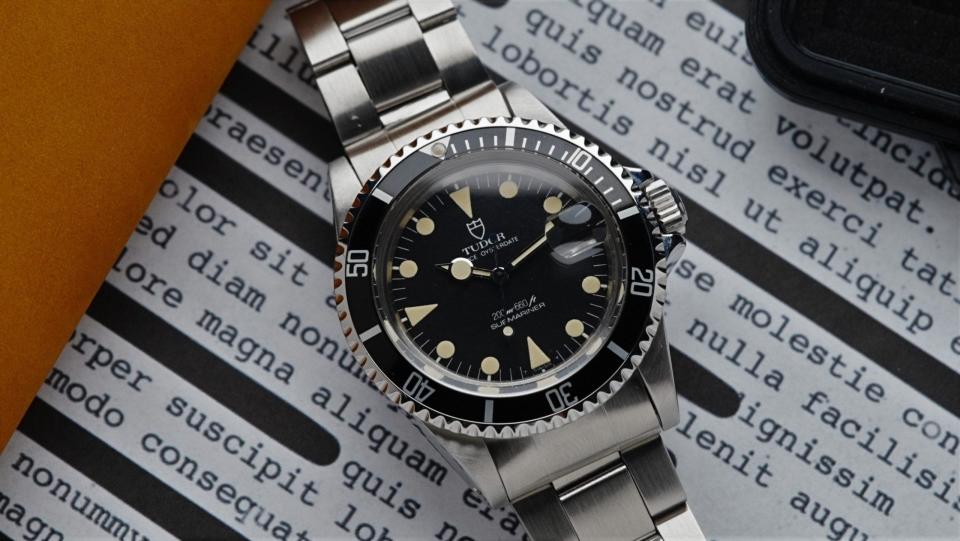
I love a watch nickname that perfectly matches the shape it’s describing. A long, thin stick with a circle at the top? A lollipop, of course! My favorite version of this shape appears on vintage Tudors, with moon-size circles that resemble one of those ridiculous rainbow lollipops you’d find at a carnival.
Spade
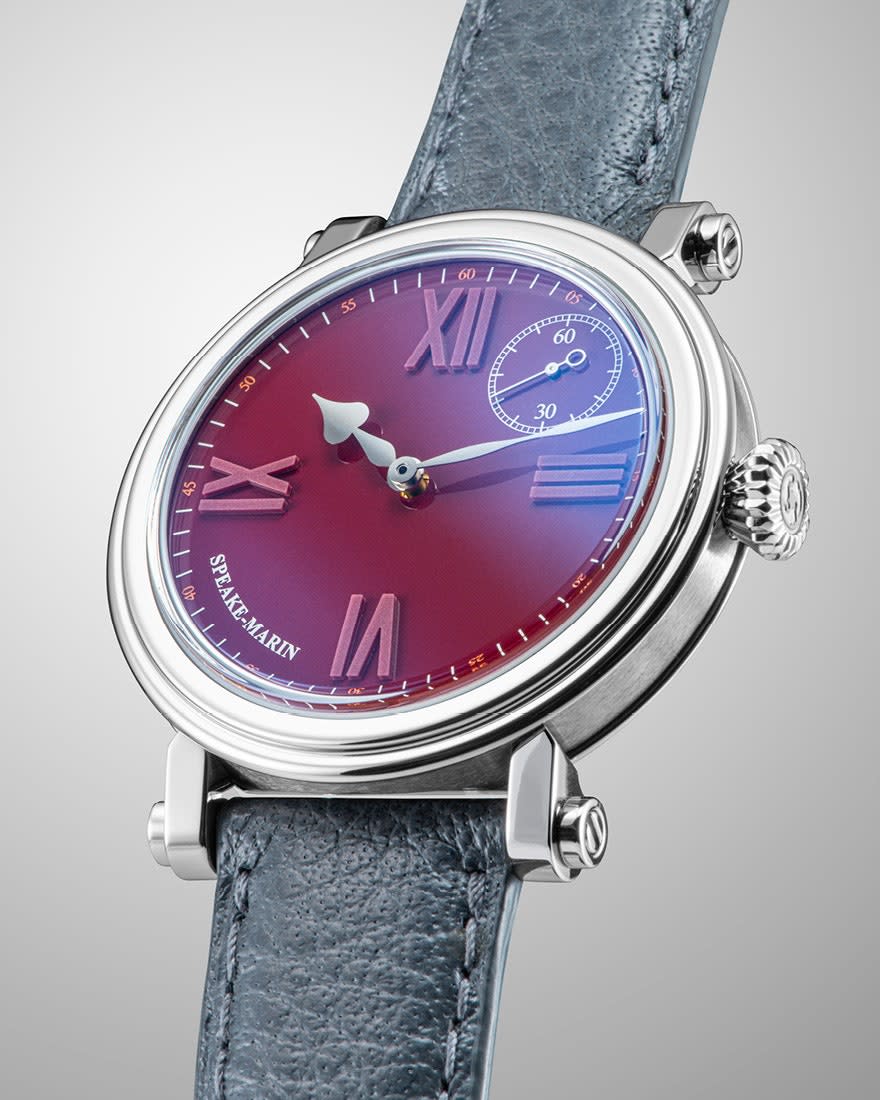
The Spade, which mirrors the design of the playing card suit, appears mostly on historic pocket watches and clocks. It’s occasionally reprised on watches going for a very classic look—the horological equivalent of the Brits’ morning dress.
The Proud Individualists
Rolex Milgauss Lightning Bolt
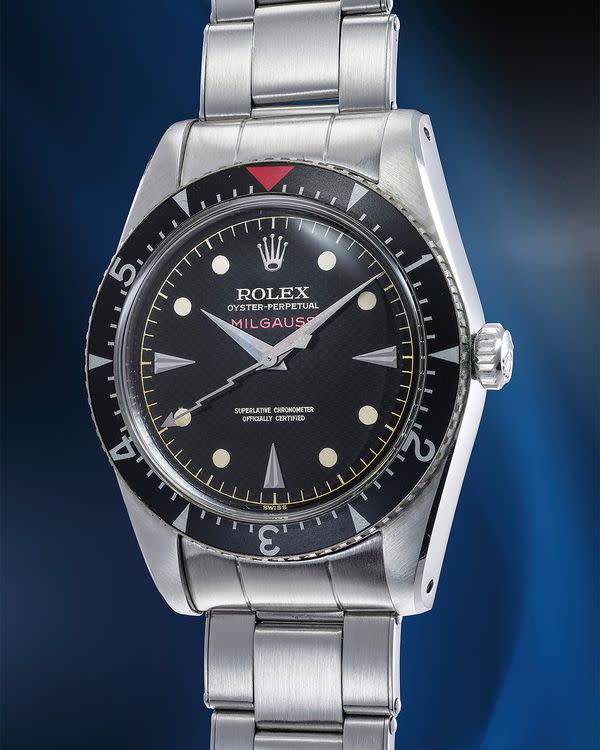
Sadly, Rolex put the Milgauss out of production last year, but I’ll always love its lightning-bolt-shaped seconds hand. Even the Milgauss wasn’t committed to this quirky design, though. While the early versions of this model, launched in the mid-1950s, feature the jagged hand, it was phased out in a later version (reference 1019) released in 1963. Rolex then discontinued the Milgauss in 1988, but when they brought it back in 2007, the lighting hand returned with it.
Omega’s Little Rocket
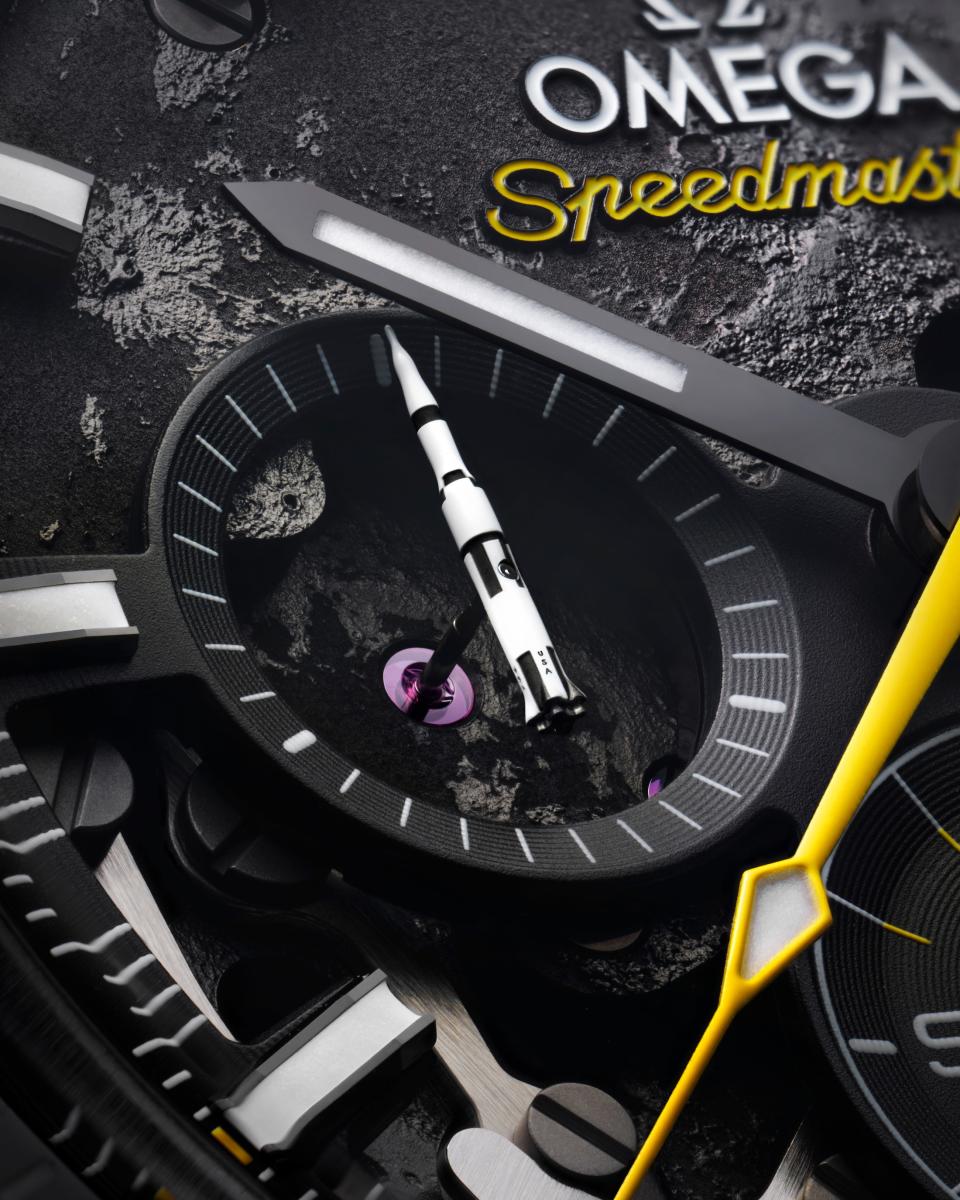
A new Omega Speedmaster released in 2024 features a special hand on one of its subdials represented by a tiny replica of the Saturn V rocket. This is the type of hand innovation I demand!
Everything Alain Silberstein
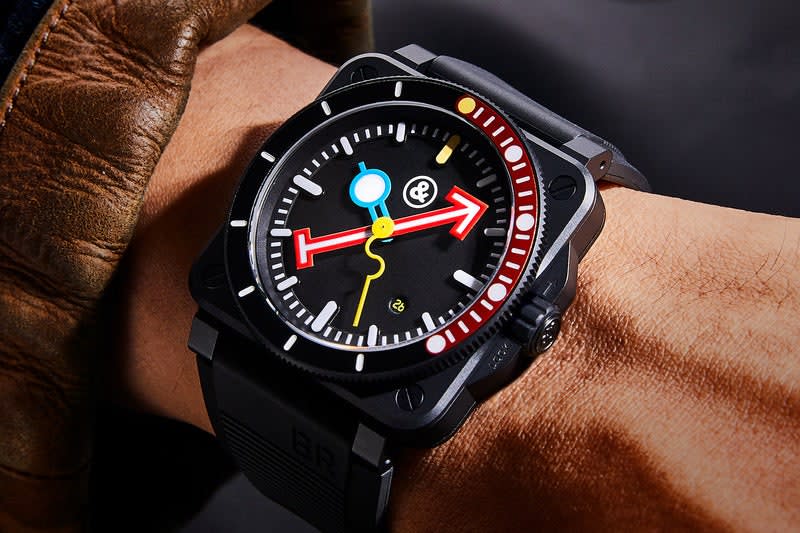
Frequent watch collaborator Alain Silberstein is a leader in the clubhouse for freaking watch hands. Pieces he’s worked on feature massive arrows, squiggly seconds hands, and huge circular hour hands. As watches become less about telling the time and more about design, playful watch hands should become even more popular.
Wittnauer Electric
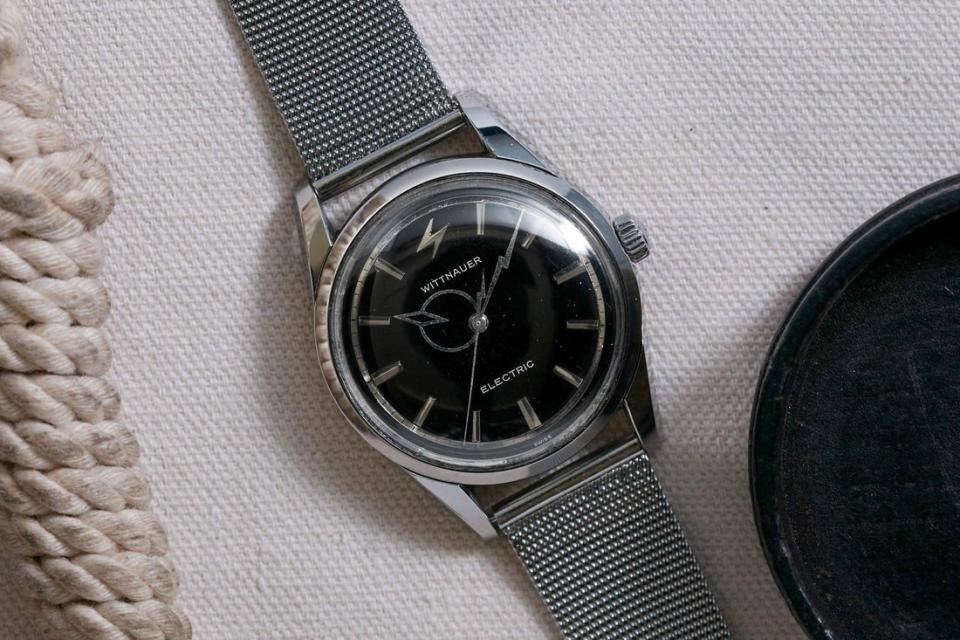
In the ’60s, watchmakers started experimenting with battery-powered movements, years before the much more accurate quartz pieces would revolutionize the industry. Wittnauer started playing with these movements and to signal the new technology it stamped the dial with “Electric” and came up with a trio of awesome hands. The lightning bolts are cool, but I’m really fascinated by the circle with the diamond piercing through it—the shape nearly resembles a modern power button.
Snoopy’s Contributions
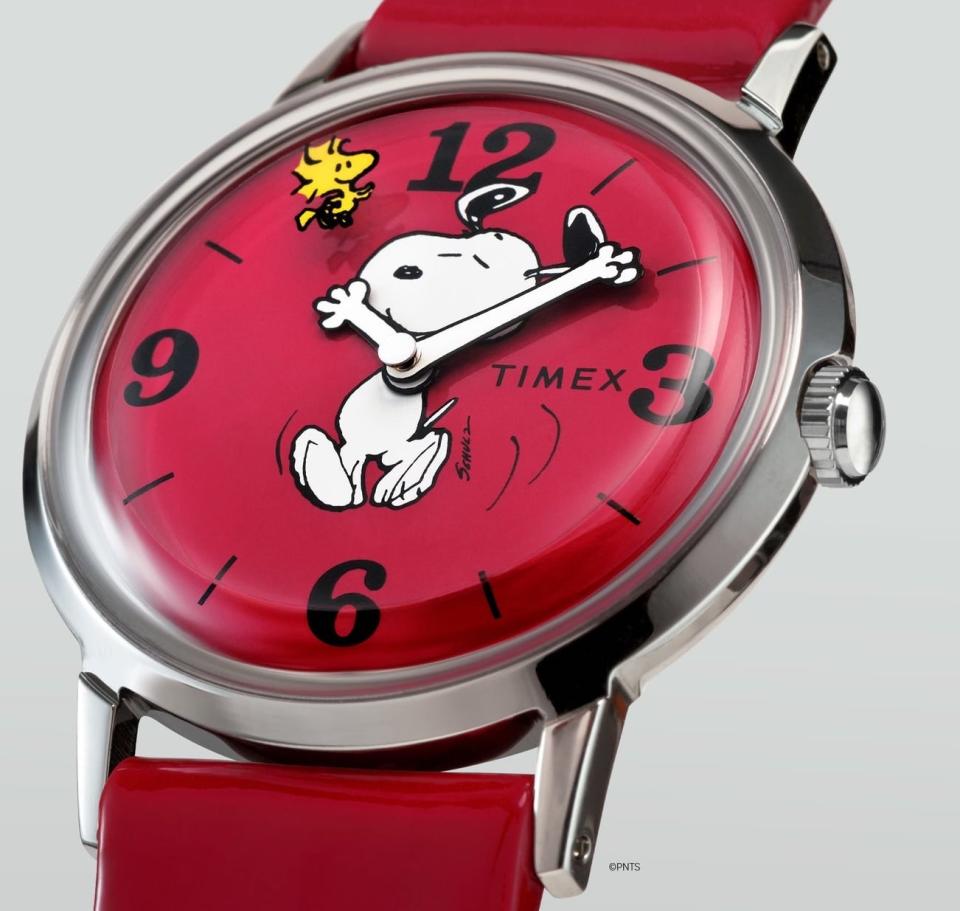
Snoopy watches have done a lot to advance watch hand innovation. Vintage pieces use the pooch’s arm and Woodstock to depict the time or have mystery dials with tennis balls floating around the hour track.
Gerald Genta’s Disney Magic
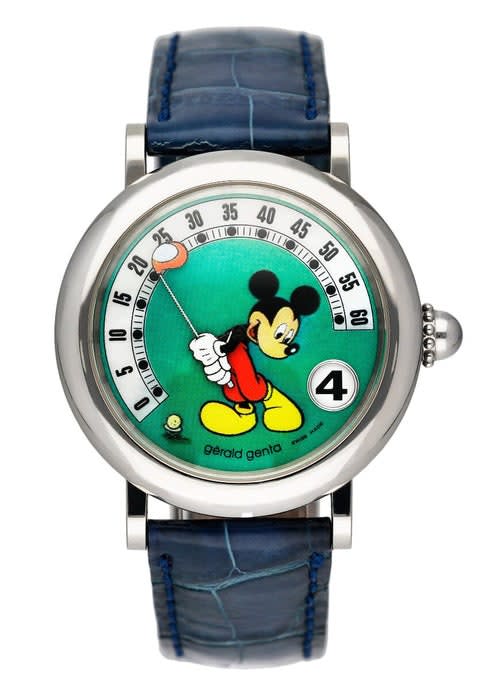
Gerald Genta’s entire design ethos seems to say, Do you see how much fun watches can be? While some brands (and collectors) insist on classicism, Genta delighted in bringing Disney characters to high horology. Of course, this allowed for an endless stream of fun hand possibilities. He used Mickey Mouse’s gloved hands and golf club to tell the time. Another favorite is Donald Duck’s baseball bat standing in for the hour hand. (If these tickle your fancy but you don’t have Genta-level money, check out this equally delightful Woody Woodpecker piece from Citizen.)
Urwerk’s hands from the future

Urwerk makes watches that resemble traditional timepieces about as much as Tesla’s Cybertruck mirrors a Toyota Corolla. Of course, the hands don’t look typical either. The brand’s 202 model uses pen-shaped nibs attached to rotating blocks to tell the time. I don’t think it’s a coincidence that they look like something Luke Skywalker would use to blow up the Death Star.
Fleur-de-Lys
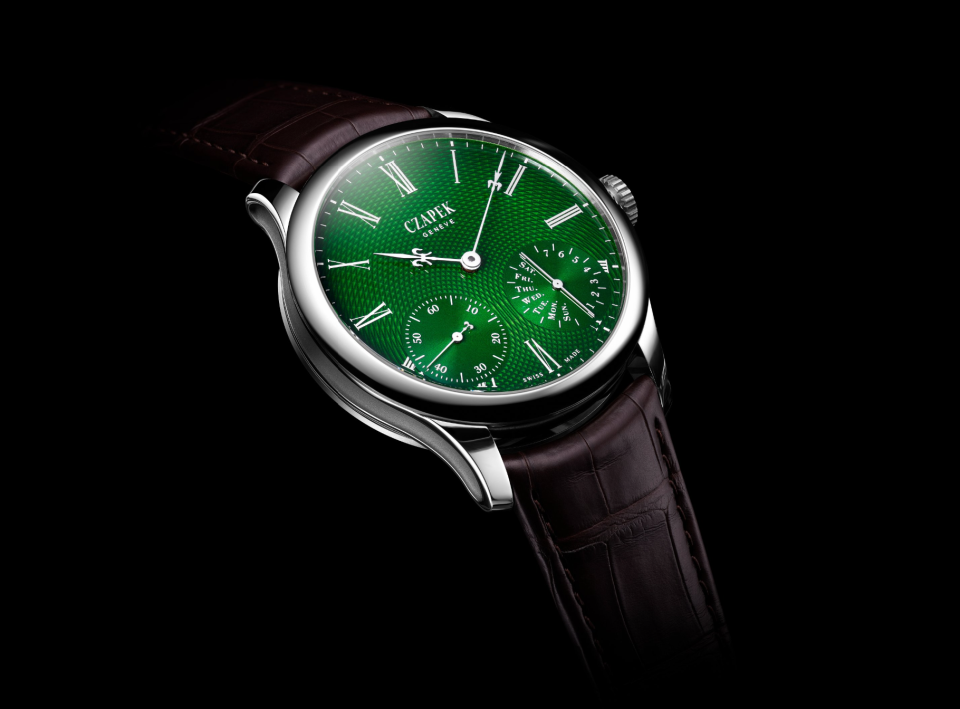
Most commonly associated with the brand Czapek Genève, these fancy little freaks add a touch of French aristocracy to the maker’s pieces.
See all of our newsletters, including Box + Papers, here.
Originally Appeared on GQ

